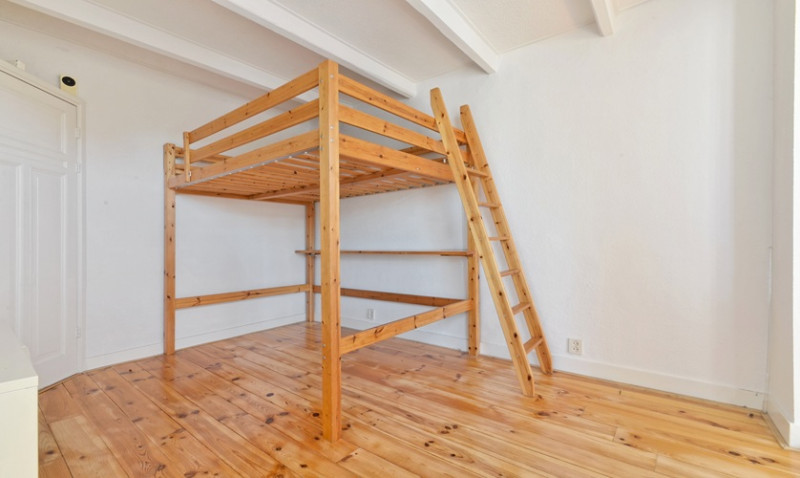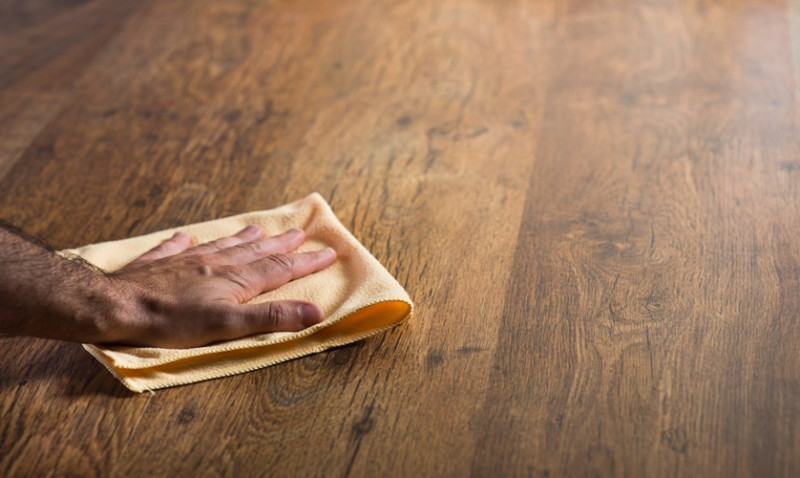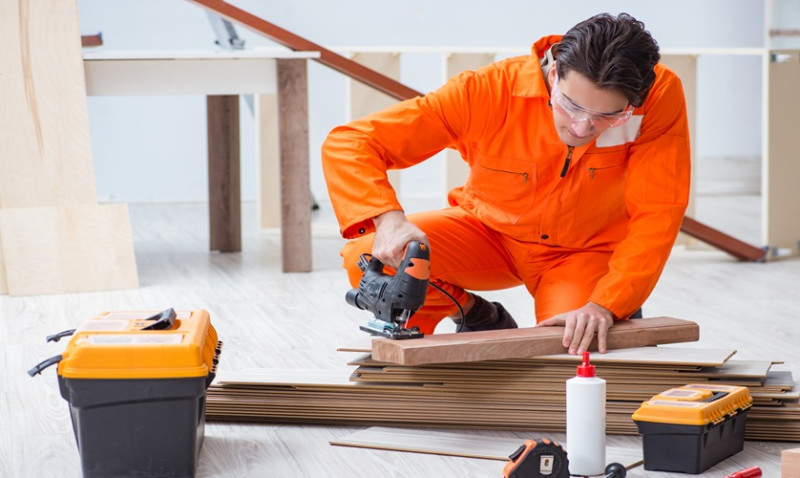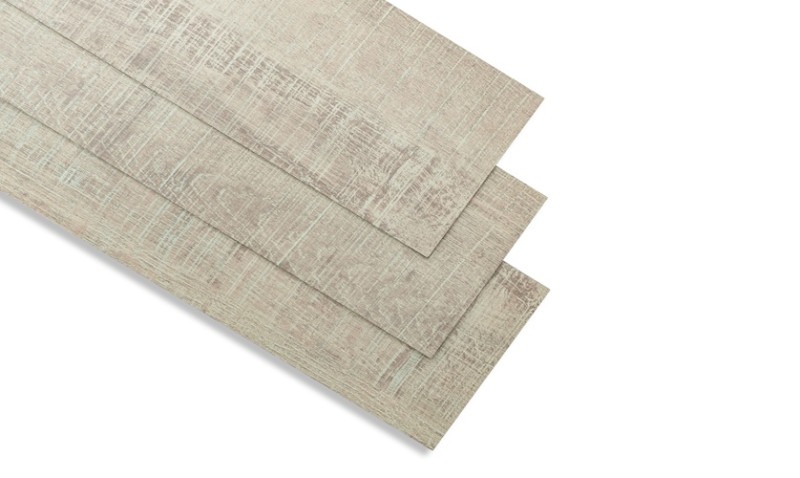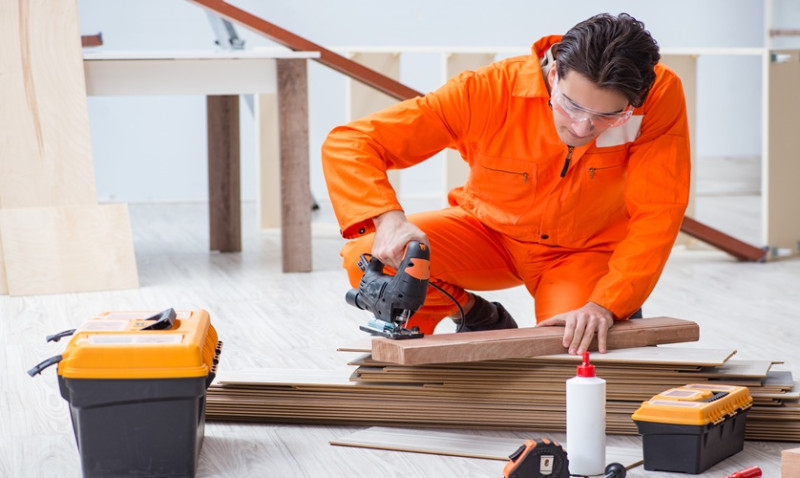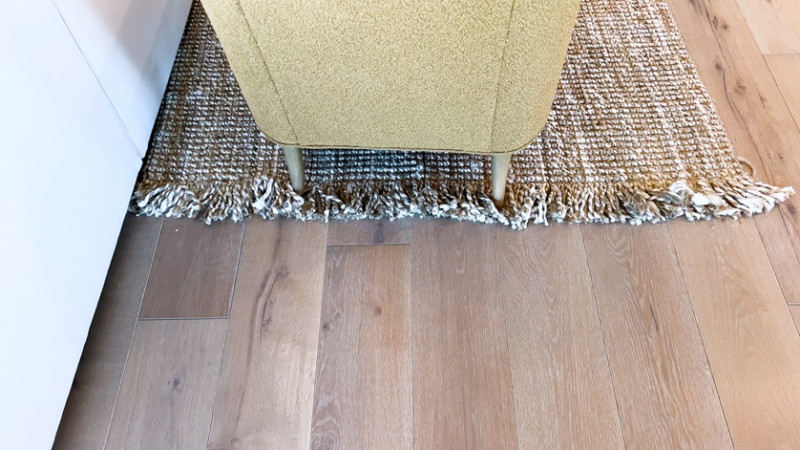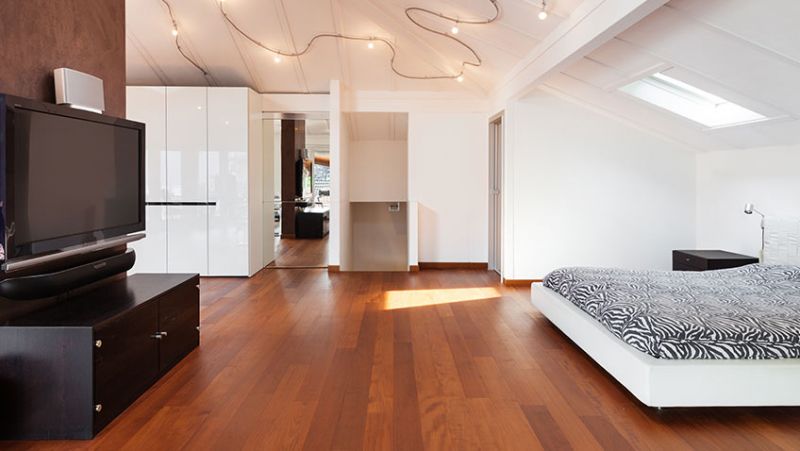
Mahogany is a popular choice for flooring because of its beauty and durability. However, there are some drawbacks to using this type of wood. Mahogany is a hardwood, so it is difficult to install and refinish. It is also more expensive than other types of wood flooring. If you are considering mahogany flooring for your home, weigh the pros and cons carefully to decide if it is the right choice for you.
Mahogany Flooring Pros
Warm Color
Mahogany flooring starts out as a pale tan, but over time it will darken to a deep reddish-brown with variations of honey, bronze, and dark brown. This floor will not fade in sunlight. The grain is usually straight and close, giving the floor a consistent appearance. Mahogany with the ribbon-like interlocked grain is also fairly common. This grain produces intricately rippling colour shifts across the floor. The wood takes a polish easily, making it well suited to modern decor styles. With less polish, the deep colour of mahogany is right at home in a rustic cabin setting.
Hard and durable
South American mahogany is comparably hard to cherry, making it moderately durable. Other types of mahogany, such as African mahogany, are harder than some oak, walnut, and even maple species, so despite its refined appearance, it can stand up to a lot of wear with minimal scratches and dings.
Mahogany flooring is a popular choice for high-traffic areas, as it is both hard and durable. Both South American and African mahogany species are resistant to water damage, fungi, and pests, making them a practical choice for homes with active kids or large dogs. Mahogany flooring planks are typically quarter sawn from logs, which gives them greater stability with less risk of warping or cupping compared to more common plain sawn planks.
Easy to Work With
Mahogany is a hardwood that is relatively easy to work with. It machines easily, although there’s some risk of chipping with mahogany that has an interlocked grain. The wood can be glued without issues, is easy to sand, and takes stains well.
Easy for maintenance
To keep your floor looking its best, sweep it with a dry mop or clean it with a soft-bristled vacuum cleaner once a week or whenever it looks dusty. For spot cleaning, use a microfiber cloth or other soft, lint-free cloth dampened in a solution of 1 cup warm water and 2 Tbsp. white vinegar. For stubborn spots, add 1 or 2 Tbsp. liquid dish soap to the solution. Avoid abrasive cleaners, which can damage the finish.
Mahogany Flooring Cons
Colour Problems
If you have a mahogany floor, you will need to be aware of the fact that its colour may change over time. The rate at which it darkens, and how dark it gets, depends on a variety of factors - including how much sunlight it is exposed to. In a sunny room, for example, the wood will darken faster. This can become a problem if areas under rugs or furniture don't darken at the same rate as exposed areas, as it can create an uneven look. Rearranging your furniture on a regular basis can help prevent this from happening.
Another thing to keep in mind is that the wood's colour changes can make it difficult to choose an appropriate stain colour. What may look deep and rich early on might end up being too dark after a year or so. As with any dark-toned wood, mahogany is also prone to showing dust, crumbs, and pet hair easily. While maintaining a mahogany floor isn't difficult, you may find yourself having to sweep on a daily basis if you want to keep it looking clean and spotless.
Not for Low Budgets
Lower-cost alternatives to mahogany flooring include woods such as khaya, sapele and toona, which are all in the mahogany family. For a more widely available wood, consider cherry. While genuine mahogany is more affordable than many exotic hardwoods, it’s still not a cheap flooring option due to the wood’s status as a threatened species.
Confusing Terminology
There are three primary types of mahogany used for flooring: Honduran, African, and South American. All three are hardwoods with a reddish-brown colour and high density. They're also relatively easy to work with and take finish well. But that's where the similarities end.
Honduran mahogany (Swietenia macrophylla) is the classic genuine mahogany tree, and the wood from this species is often simply called "mahogany." It grows in Belize, Guatemala, Honduras, and Mexico. Honduran mahogany is sometimes called bigleaf mahogany because of its large leaves, which can be up to 18 inches long and 12 inches wide. The trunk diameter of these trees can be as much as 6 feet. Honduras mahogany heartwood ranges from a light pinkish brown to a dark reddish brown, and the sapwood is a pale yellow. The grain is usually straight, but it can be wavy or interlocked. Honduras mahogany is heavy, hard, and strong with good shock resistance. It machines well and takes nails and screws without splitting.
African mahogany (Khaya ivorensis) is sometimes called khaya mahogany, Ivory Coast mahogany, or Ghana mahogany. It grows in Cameroon, Equatorial Guinea, Gabon, Ghana, Ivory Coast, Liberia, Nigeria, and Sierra Leone. African mahogany heartwood ranges from a light pinkish brown to a deep reddish brown; the sapwood is pale yellow to white. The grain is interlocked, and the texture is medium to coarse. African mahogany is heavy, hard, and strong with good shock resistance. It machines well but can cause tear-out on interlocked grains. Nailing and screwing can cause splitting.
South American mahogany (Swietenia humilis) is also called Brazilian mahogany, small leaf mahogany, and South American cedro. It grows in Bolivia, Brazil, Colombia, Ecuador, Guyana, Peru, Suriname, and Venezuela. The heartwood is reddish brown to dark red; the sapwood is a pale yellow to white. The grain is usually straight or irregular with a course texture. South American mahogany is heavy, hard, and strong with good shock resistance. It machines well but can cause tear-out on interlocked grains. Nailing and screwing can cause splitting.
When shopping for mahogany flooring, be sure to ask about the species and origin of the wood. Many retailers will simply call all reddish-brown hardwoods "mahogany," but only true mahogany (Swietenia macrophylla) is genuine mahogany. If you're looking for a classic mahogany look, be sure to specify Honduran mahogany.
